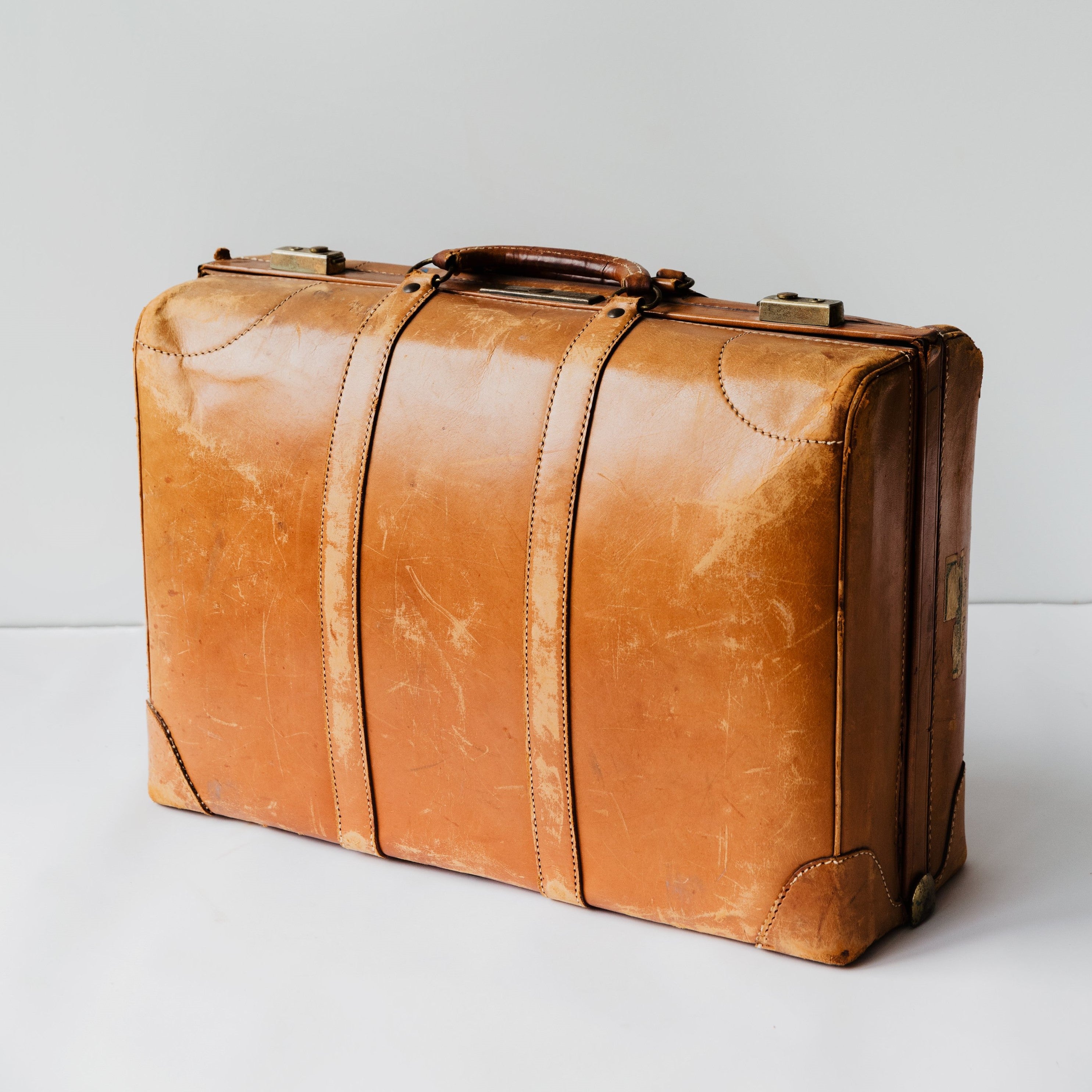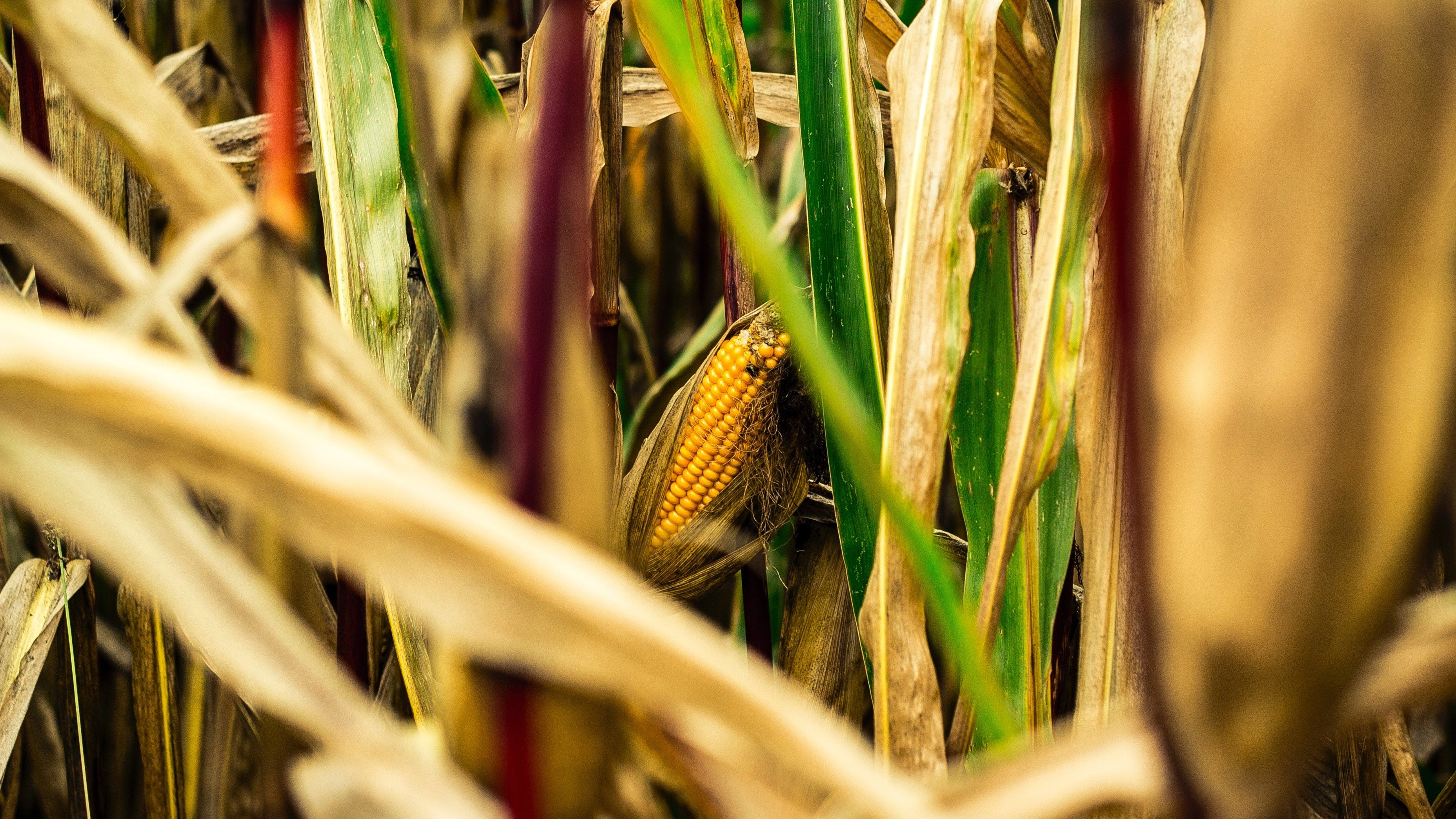Article: Leather, the Lowdown We All Need to Know

Leather, the Lowdown We All Need to Know
BY ANNA SPROUL
Leather is old.
Simply put. Leather outdates all of the haute couture houses that use it as a beacon and shining light to their collections, it is older than all of us reading this combined.
Our ancestors already knew the influx of popularity leather would have in the fashion industry working it into their clothing even at that pre-historic era. Sure, they outplayed it as a method against harsh conditions, but I think we all know they were secret fashionistas even back then. Yes, it was a vital role in human survival, but by Ancient Greek times it was being used as a decorative piece for armor. Leather was becoming the sign and aesthetic draping of taste and style that it is used for in this day.
A take-away from this is the original street style influencers were in fact the ancient Greek gladiators.
 Why Is Leather burning a hole in our pockets?
Why Is Leather burning a hole in our pockets?
To be obvious. It’s basic economics. Don’t worry you need not have a mathematical brain. Take it from me, the most in-mathematical person one can find. It’s simple, a bag made of cow leather is cheaper than a bag made of alligator leather. An Alligator is rarer than a cow.Sorry cows, but the Alligators are like the popular foreign exchange students back in the day at school who everyone wanted to befriend. It takes more effort and skill to make the alligator into leather, it takes more literal labor, therefore it’s more expensive.
In the same sense, a leather bag is more expensive than a plastic bag. 'Well obviously' is probably running through your mind right now. However, neither of the two examples consider other costs that are eventually baked into the price tag that consumer pays. This is why sometimes a name brand plastic bag is more expensive than a real leather bag!
 How do they even make leather? The lowdown.
How do they even make leather? The lowdown.
A process called tanning is used to transform the raw animal skin and hides into the leather used for said bags, shoes, accessories and trousers galore.
Then leather can be dyed into various colors and tones in order to uniquify the product. This process can be incredibly lengthy to ensure perfect even tones and color transitions. The journey from a cow to final leather products has long been criticized for animal cruelty, pollution and a huge waste of natural resources.
You think that’s all the insider secrets? Not really! There are huge social issues being raised in the industry from inhumane work conditions to toxic chemicals used. So not only is it harmful for the animals in our world, but it’s harmful for human also.
Doesn’t this make you seriously question, is it worth it? Do those shoes worth it?
Vegan Leather = Eco-Friendly?
Simply use vegan leather then, and its fine, right? Well, not so much as it turns out.
There is a wave of finding more sustainable alternatives to leather, which is great. Among all the efforts like vegetable dyes, which try to make the process less damaging to environment, there’s a big limitation for colors, prices, etc. Leather has enjoyed thousands of years of popularity for a reason.
“Faux leather”, a.k.a. “vegan leather” is essentially a material that does not use animal skin. A range of materials that can be used to make vegan leather including synthetics like plastic and natural materials such as cork.
The most commonly used are polyvinyl chloride (PVC) and polyurethane (PU), both are plastic based materials. These are both hazardous, and themselves sometimes extremely toxic. So really, we find the same social issues occurring with true leather. PU is relatively more modern and less damaging to the environment. But both are not completely eco-friendly as they are portrayed to be! This is so important to understand. In this day it is almost completely advertised that vegan leather is eco-friendly. Full stop. No further explanation needed. Well we need more.
Many have taken another route and developed “vegan leather” using natural non-animal materials, such as cork, pineapple leaves, mushrooms and coconut. We’ve all been taught about getting you fruits and vegetables in, this becomes an ease when one can wear them too! So, tackling food waste also! That we all commit on a daily occurrence, no blame here, have you seen the portion sizes in the USA? This is a relatively new field with many innovative start-ups committed to reshape the industry.
So, while many products claim to be made of vegan leather, they do not necessarily reveal the exact material they use, cheeky. It all depends on how exactly the vegan leather is made, there is a high chance it’s not as eco-friendly as hyped up to be I’m afraid.
Interested in learning more about vegan leather? Check out this blog.
********************
About the Writer
Anna works as an editorial and personal stylist; previously with Vanity Fair in London and prior to that Prada, as well as freelance throughout.
Anna has a known and deep fondness to style herself and everyone in close vicinity every day. She also has found a love to write about style, fashion and everything in-between that tickles her fancy.
Image credit: Sarah Pflug

